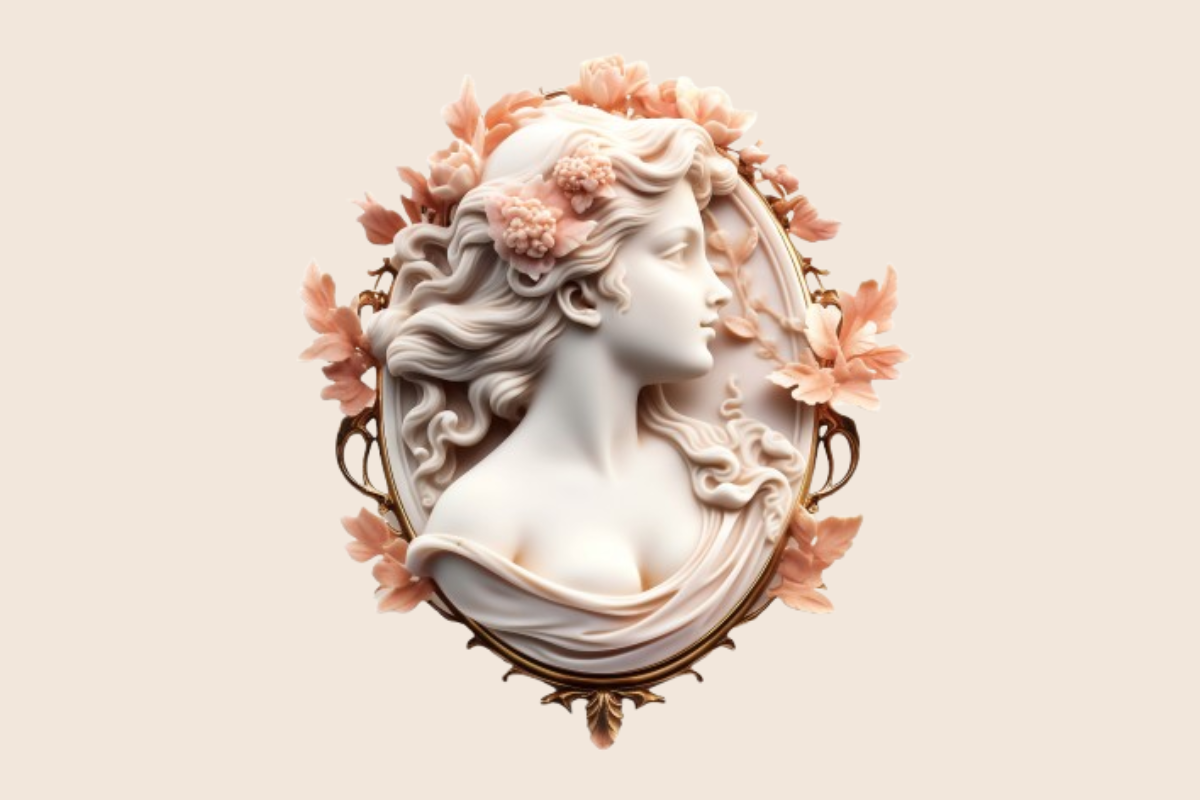The Ancient Art of Glyptics

Among the most refined expressions of ancient goldsmithing, glyptics represents a meticulous and sophisticated form of carving, in which hard and precious stones are engraved to create images, symbols, and figures. Its origins date back to Mesopotamia in the third millennium BCE, but it was through the Greco-Roman world and the European Renaissance that this technique reached its extraordinary peak.
Unlike metal engraving, glyptics focuses on working with gemstones such as carnelian, chalcedony, amethyst, garnet, onyx, sardonyx, and rock crystal—often on a millimetric scale. Two main types can be distinguished: the cameo, created in relief on layered stones, and the intaglio, carved in negative to produce a recessed image—used especially for personal seals, capable of imprinting a clear identity in wax.
In classical antiquity, this craft evolved into a celebratory and collectible art form. Engraved gems depicted deities, emperors, mythological scenes, and symbols of power, set into jewelry that became a tangible expression of taste and status, rich with symbolic meaning. The Renaissance, with its renewed fascination for classical art, saw a new flourishing of glyptics: great European courts—led by the Medici—passionately collected ancient specimens and commissioned new ones, entrusting skilled engravers who blended technical mastery with modern artistic sensitivity, paving the way for the refined stone miniatures of the 19th century.
From a technical perspective, glyptics demands absolute precision: burins, diamond-tipped tools, abrasive pastes, and magnifying lenses are combined with extraordinary manual skill. The depth of the engraving must be calibrated to the micron, using the veins and transparencies of the stone to enhance the three-dimensional effect of the image.
Today, the art of glyptics survives thanks to the work of a few exceptional masters and is being rediscovered by select high jewelry maisons that reinterpret its language in a contemporary key. Every cameo or intaglio is not just an ornament: it is a microcosm of historical memory and timeless beauty, carved to transcend the centuries.





